Zaha Hadid Architects (ZHA) is known for its assertive, sinuous designs. From the Heydar Aliyev Centre in Azerbaijan, to Beijing’s Galaxy SOHO and even its collection of installations and design pieces, the firm’s fluid projects prove that sometimes, curvier is better.
The same rule has been applied to Hadid’s plans for her first project in Mexico, a new housing complex in Monterrey called Esfera City Centre that was originally slated to welcome 12 homogenous towers. Unsurprisingly, the architects felt that uniformity was less appropriate than “an alternative community-oriented design”, and instead proposed a wave-like series of low rise but high density blocks that weave around a rectangular site.
Each side of the nine-storey blocks, designed with local architects BUDIC, has been shaped to optimise their environmental orientation, which creates a sequence of interconnected internal and external courtyards, gardens and public spaces for both residents and neighbours. These areas tie in with the principles of CPTED (Crime Prevention Through Environmental Design), whereby welcoming public spaces popular with both neighbours and passers-by work to increase levels of community safety, and contribute to the urban integration and composition of the project.
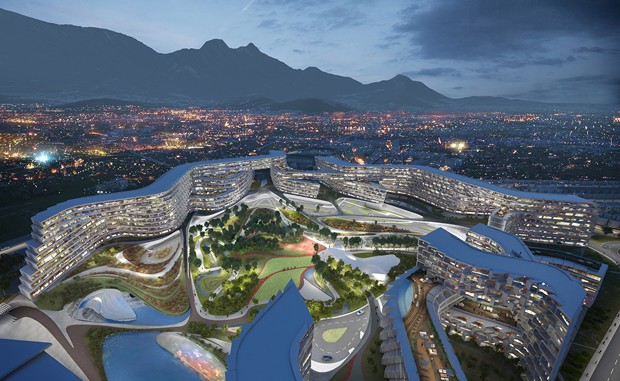

RELATED: Five examples of curvaceous architecture
The apartments’ façade design is inspired by the local architectural language and Mexican tradition of interlocking lattice geometries which not only provide shading, but also describe the outdoor space of each residence.
“These lattice geometries have been used widely throughout pre-Columbian, colonial and contemporary Mexican architecture to give protection from the sun and generate varied and dynamic displays of light and shadow,” ZHA tells World Architecture.
“By considering their solar orientation, internal programme, spatial requirements and adjacencies, each balcony’s form has been developed to provide solar protection, privacy and generous exterior space for the apartments; defining a varied and coherent architectural language that unites the project.”
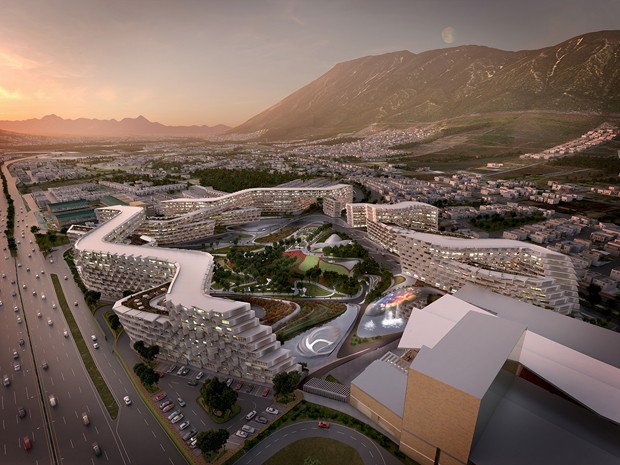 Balconies effectively act as a brise soleil for the apartments, extending laterally or horizontally as necessary according to each unit’s orientation. The building’s mass allocation and layout respond to the ideal solar orientation for the apartments and aim to channel the site’s wind patterns for the benefit of residents.
Balconies effectively act as a brise soleil for the apartments, extending laterally or horizontally as necessary according to each unit’s orientation. The building’s mass allocation and layout respond to the ideal solar orientation for the apartments and aim to channel the site’s wind patterns for the benefit of residents.
A gradually fragmenting volume, so that some areas are solid, and others porous, is also evident; design strategies that reflect the building’s relationship with a varied urban fabric – a noisy eight-lane motorway on one side, and a quieter, low-density suburban development to the other.
“Adapting to these varied adjacencies gives the project many different degrees of integrated public and private open spaces,” explains ZHA.
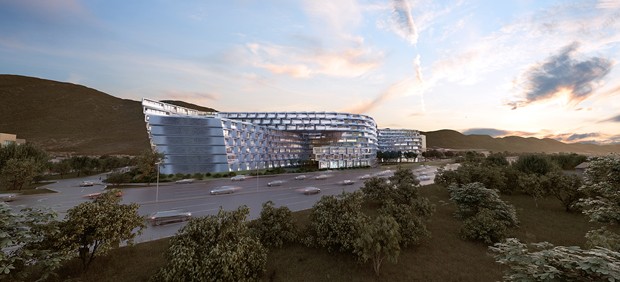
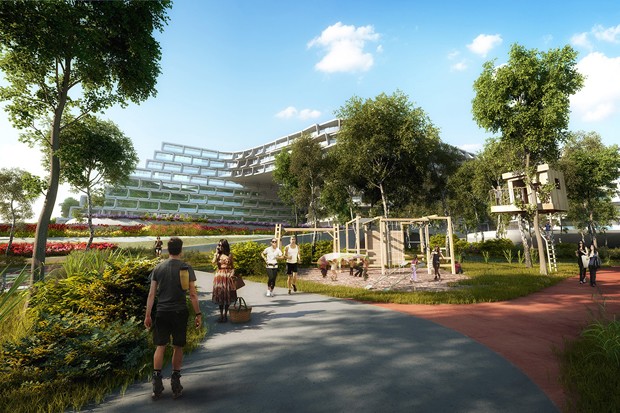
A 30,000m2 public park, offering a Clubhouse, chapel, playground, tree house, skate park, amphitheatre and quiet zones, are connected to the apartments via bridges, effectively extending the amenities residents have access to.
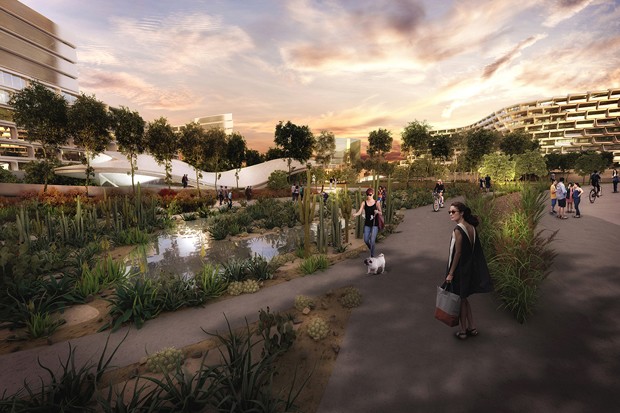
Phase One of the 136,000sqm project is scheduled for completion in 2018.


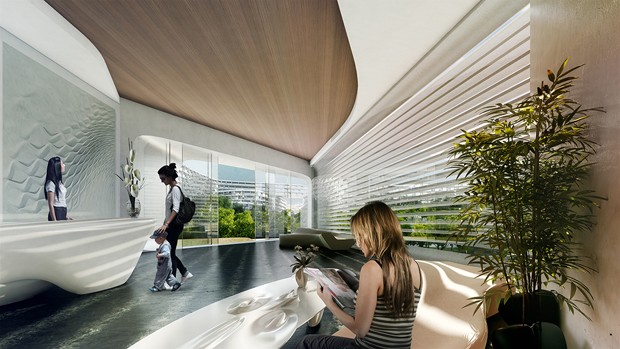
Images: Zaha Hadid Architects. Source: World Architecture
Esfera City Center Monterrey - Zaha Hadid Animation from San Torres on Vimeo.

